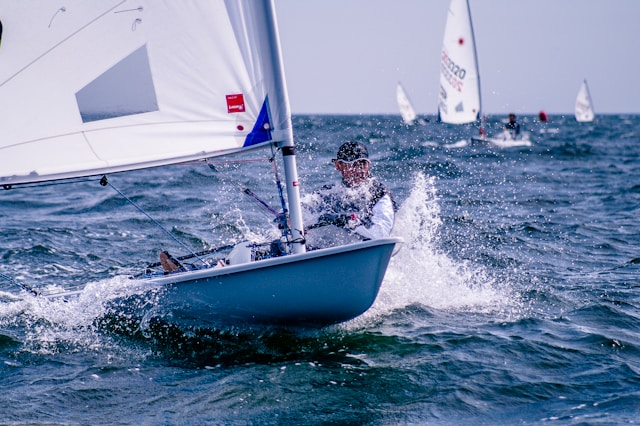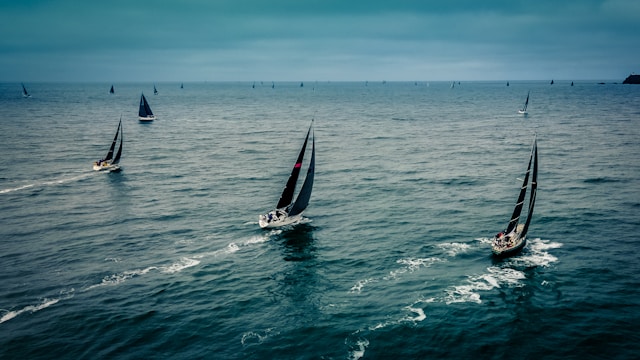
Critical Maritime Safety Measures
Introduction to Maritime Safety
Safety at sea is paramount for all sailors, whether you're a novice or an experienced mariner. Understanding and implementing proper safety measures can be the difference between an enjoyable sailing experience and a dangerous situation.
Essential Safety Equipment
Every yacht should be equipped with the following safety items to ensure a safe journey in Irish waters:
Life Jackets
One for each passenger, properly sized and regularly inspected. Modern life jackets are lightweight and comfortable while providing essential buoyancy.
EPIRB
Emergency Position Indicating Radio Beacon for distress signals. This device automatically alerts search and rescue services in case of emergency.
First Aid Kit
Comprehensive medical supplies for emergencies. Include seasickness medication, bandages, and basic medical equipment.
Fire Extinguishers
Multiple units placed strategically throughout the vessel. Regular maintenance and proper placement are crucial.
Safety Checklist
Weather Awareness
Wind Conditions
- Check wind speed and direction
- Monitor for sudden changes
- Be aware of local wind patterns
- Understand wind warnings
Wave Conditions
- Monitor wave height
- Check swell direction
- Be aware of tidal effects
- Understand wave warnings
Emergency Procedures
Man Overboard
- Shout "Man Overboard" to alert crew
- Throw lifebuoy immediately
- Assign spotter to keep visual contact
- Start engine and maneuver to recover
- Contact emergency services if needed
Fire On Board
- Raise alarm immediately
- Locate and use appropriate extinguisher
- Prepare to abandon ship if necessary
- Contact emergency services
- Follow evacuation procedures
Communication Protocols
Effective communication is crucial for safety at sea. Ensure you have the following communication protocols in place:
- VHF radio and DSC
- Satellite phone
- Digital weather services
- Maritime distress signals

